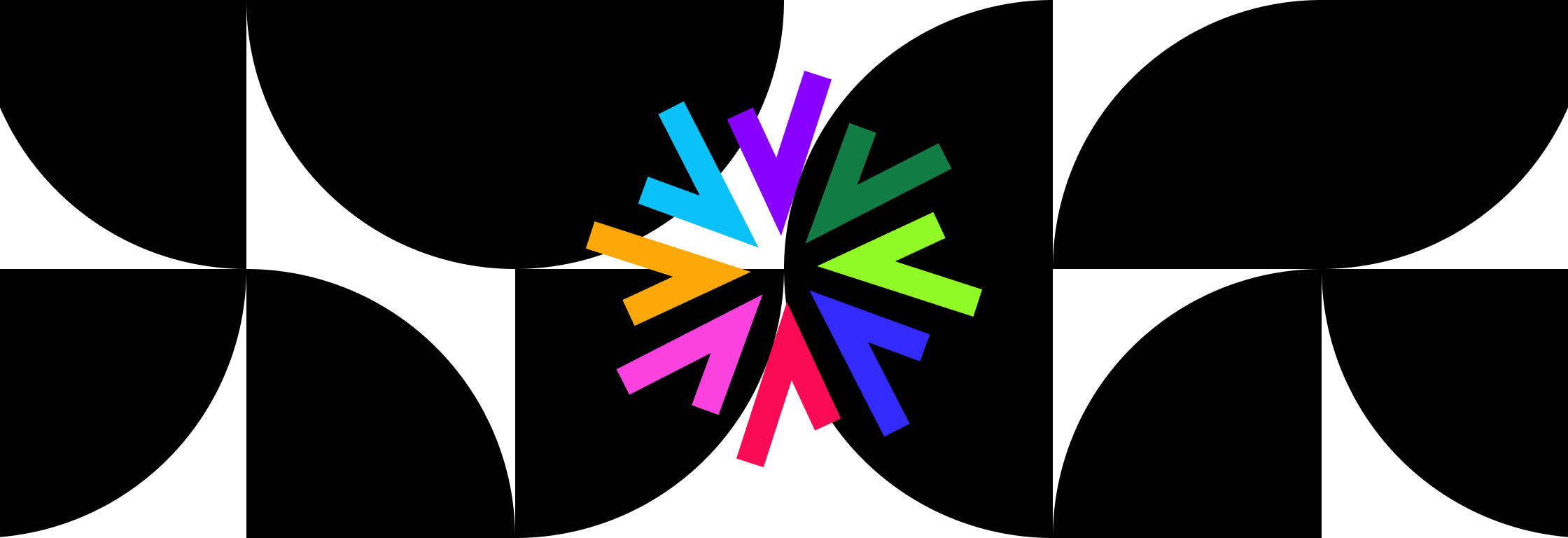Every crowdfunding campaign on Fabric has a unique visual representation called a dataquilt:
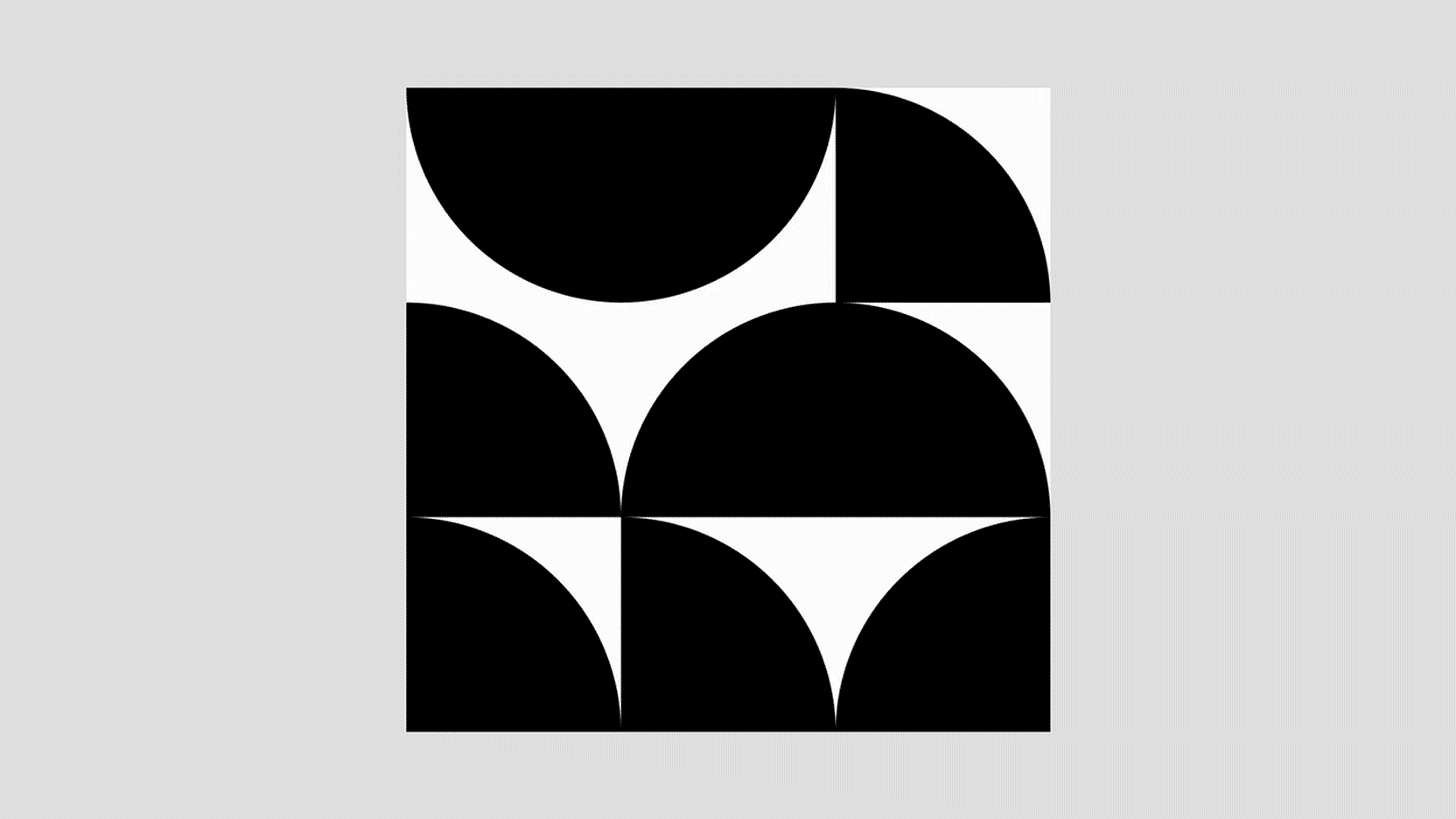
By visually stitching together the onchain actions of every individual contributor, a collective fabric emerges.
How To Make A Dataquilt
1. Patch
The atomic unit of a dataquilt is a patch. Patch art can be either vector or bitmap images. Here’s an example, a filled quarter circle:
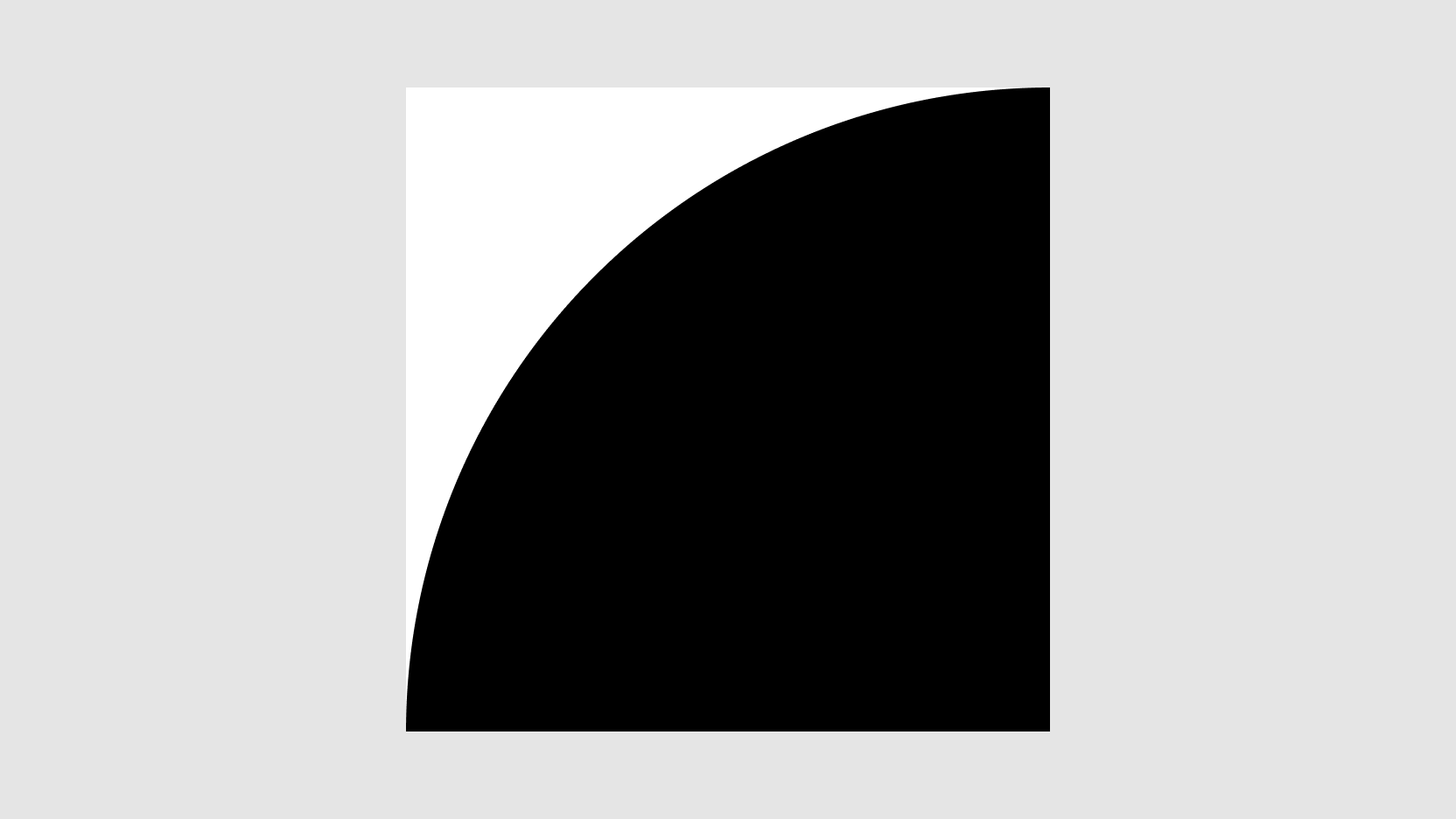
2. Transform
Patch art can be transformed by rotating, scaling, or skewing. Here we rotate to four cardinal degrees: 0°, 90°, 180°, and 270°:
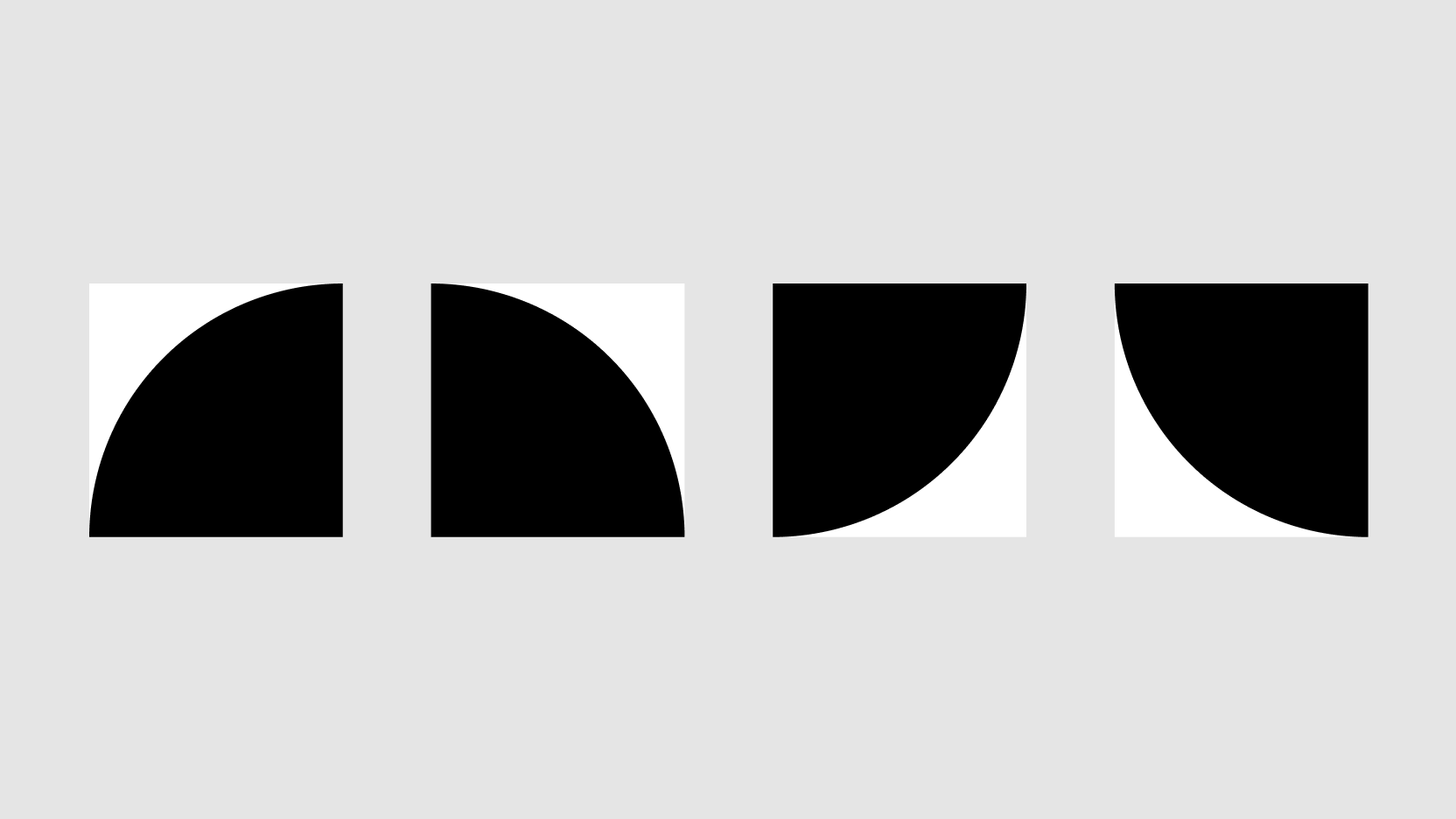
3. Block
Nine patches are randomly transformed and placed onto a 3x3 grid to form a block:
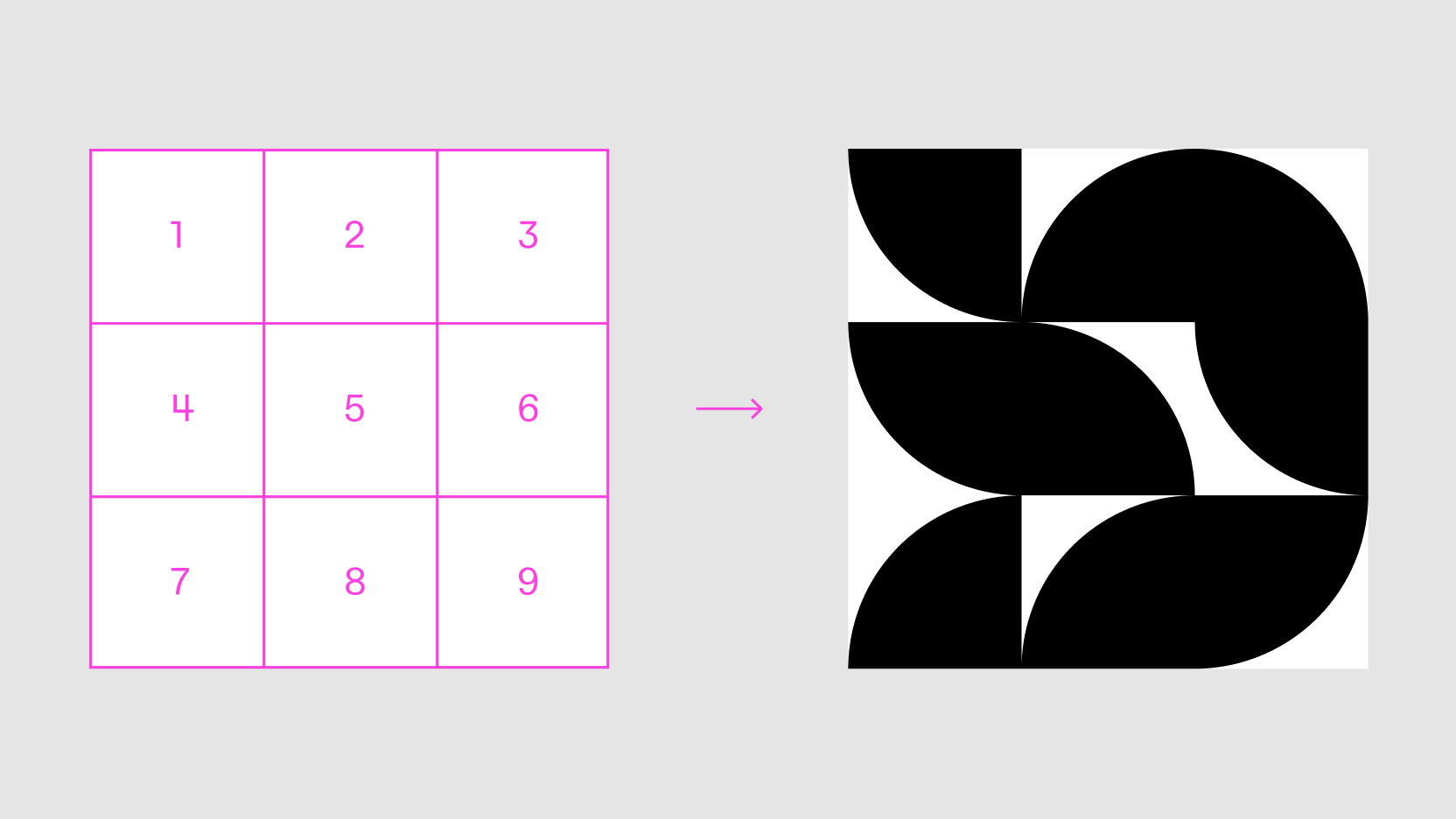
A block represents the onchain contribution of an individual contributor and can be customized and minted as a proof-of-contribution NFT. Because there are four orientations per patch and nine patches per block, there are 262,144 (four to the ninth power) unique block combinations.
4. Quilt
Blocks can be stitched together to form a quilt. Quilts are an evolving visual representation of collective support for a campaign.
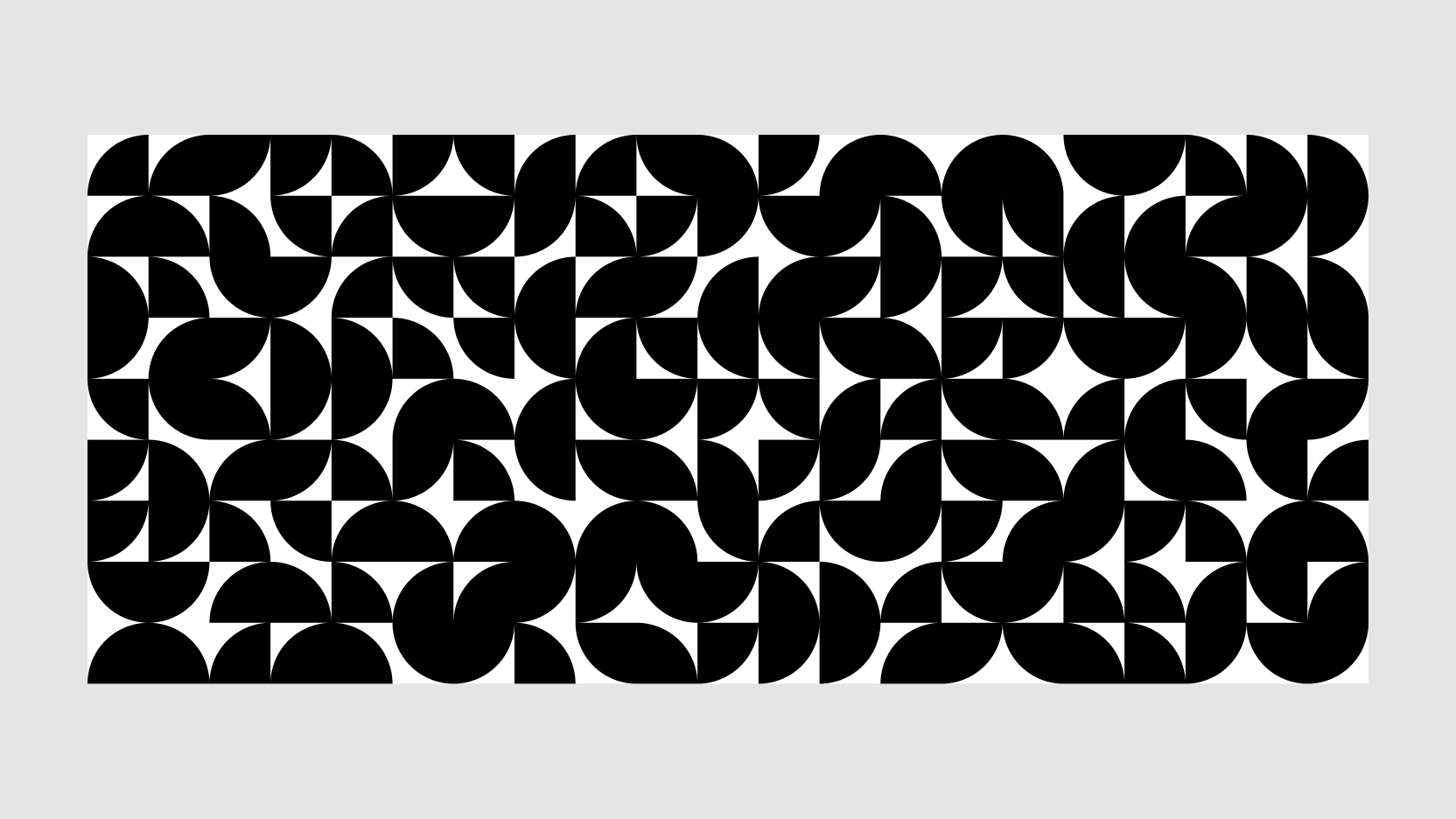
5. Scale
Quilts can be imbued with additional meaning through scale. Attributes such as newest, oldest, highest, or lowest contribution amount can be communicated through relative sizing.
In order to create a visually seamless gradient, blocks are organized into rows, with the block size in each row scaled down by the row number. For example, the blocks in row two are one-half scale, the blocks in row three are one-third scale, and so on.
Every so often this yields a perfectly symmetrical gradient wherein the number of blocks in each row is the same as the row number, for example two blocks in row two, three blocks in row three, and so on (this happens when the number of blocks is a triangular number):
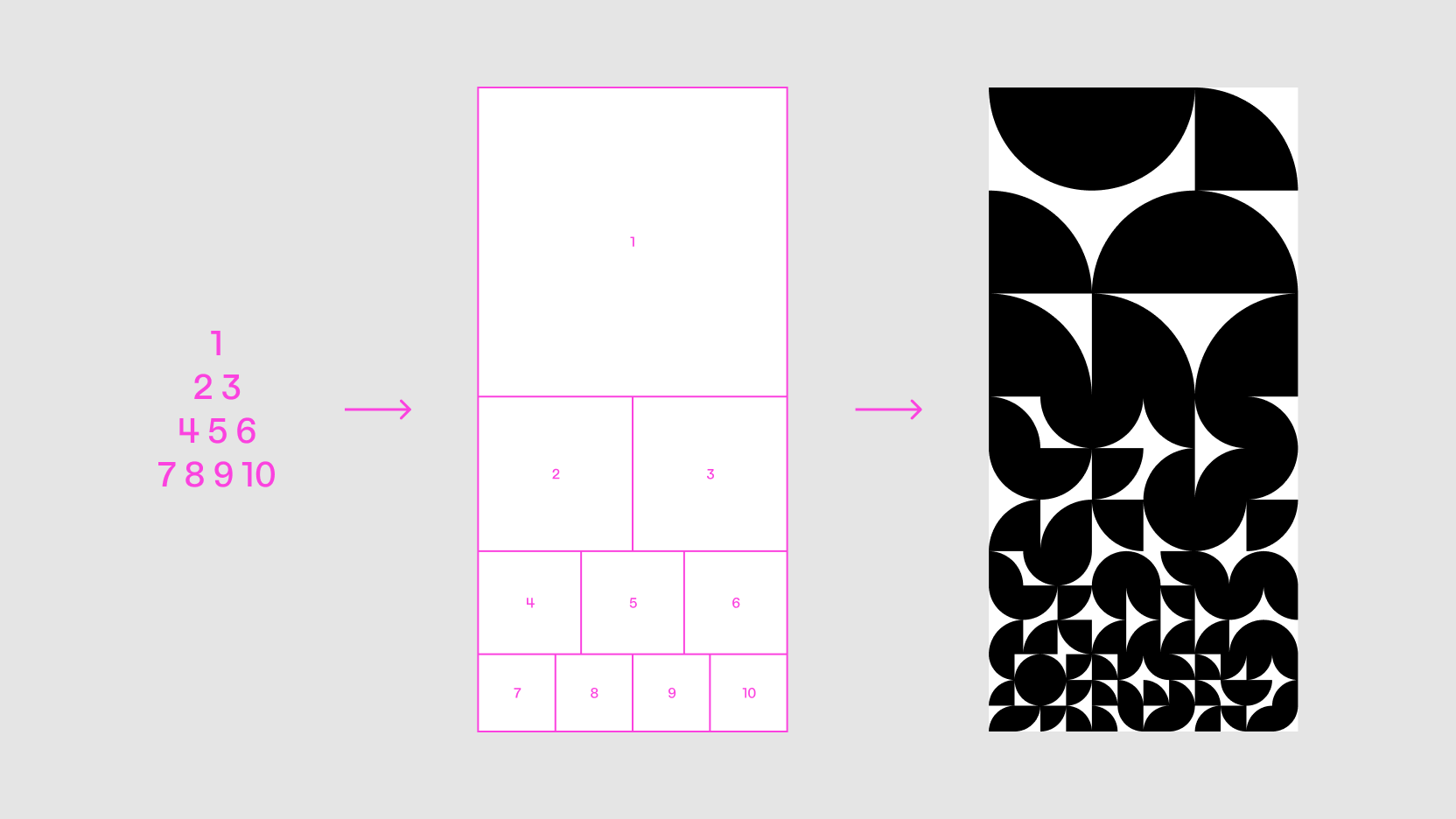
But more often than not, the last row contains orphaned blocks:
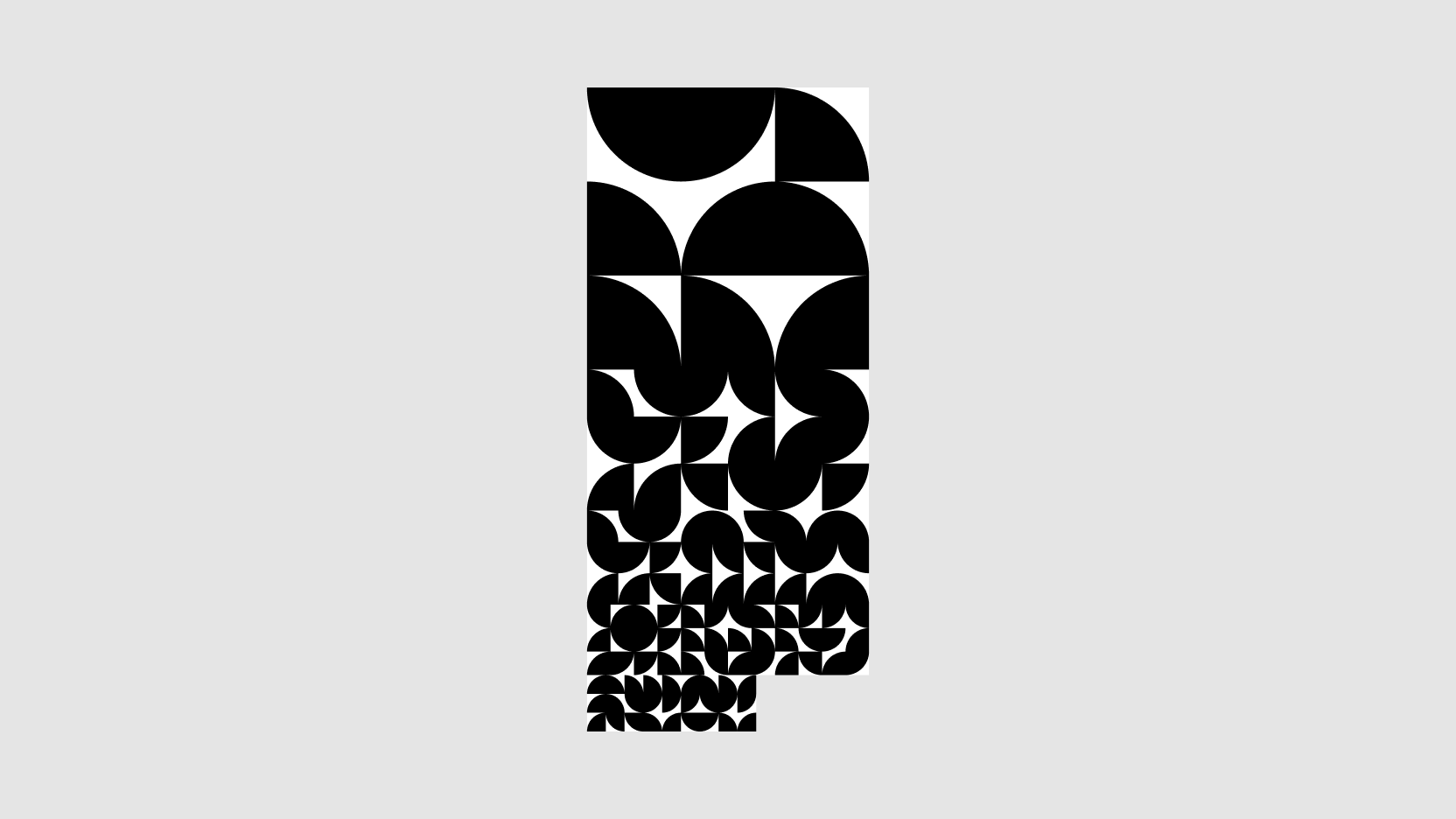
To account for this, the following algorithm is used: if n blocks remain orphaned then add another row of n. For example, if two blocks remain then add another row of two, if three blocks remain then add another row of 3, and so on:
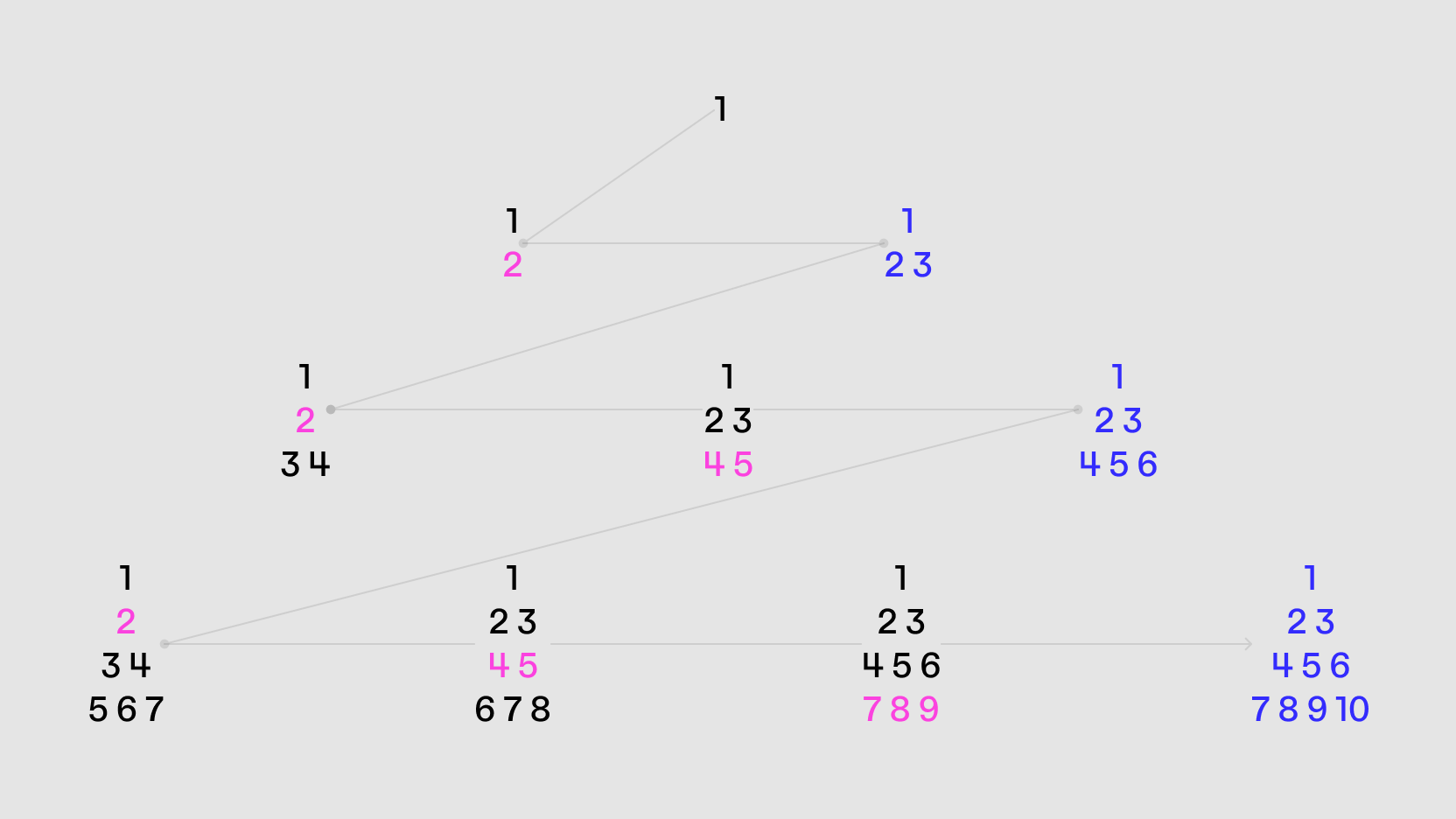
This creates the infinitely scalable dataquilt:
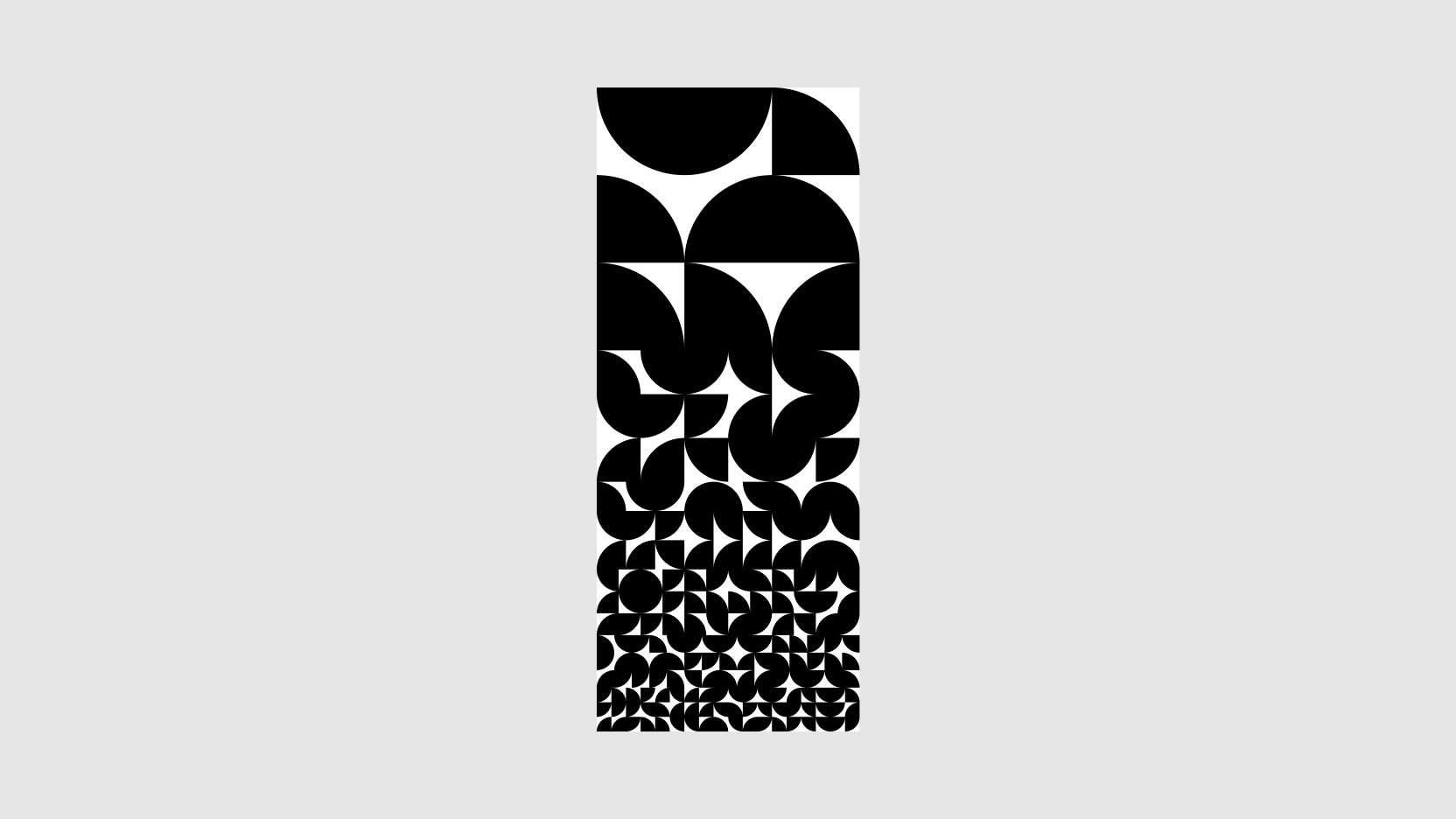
Fabric Dataquilt Launch Collection
Each quilt contains one foreground and one background color. Though any combination of color pairs can be used, we’ve stuck to our eight brand colors plus black and white. This palette produces 100 unique color combinations:
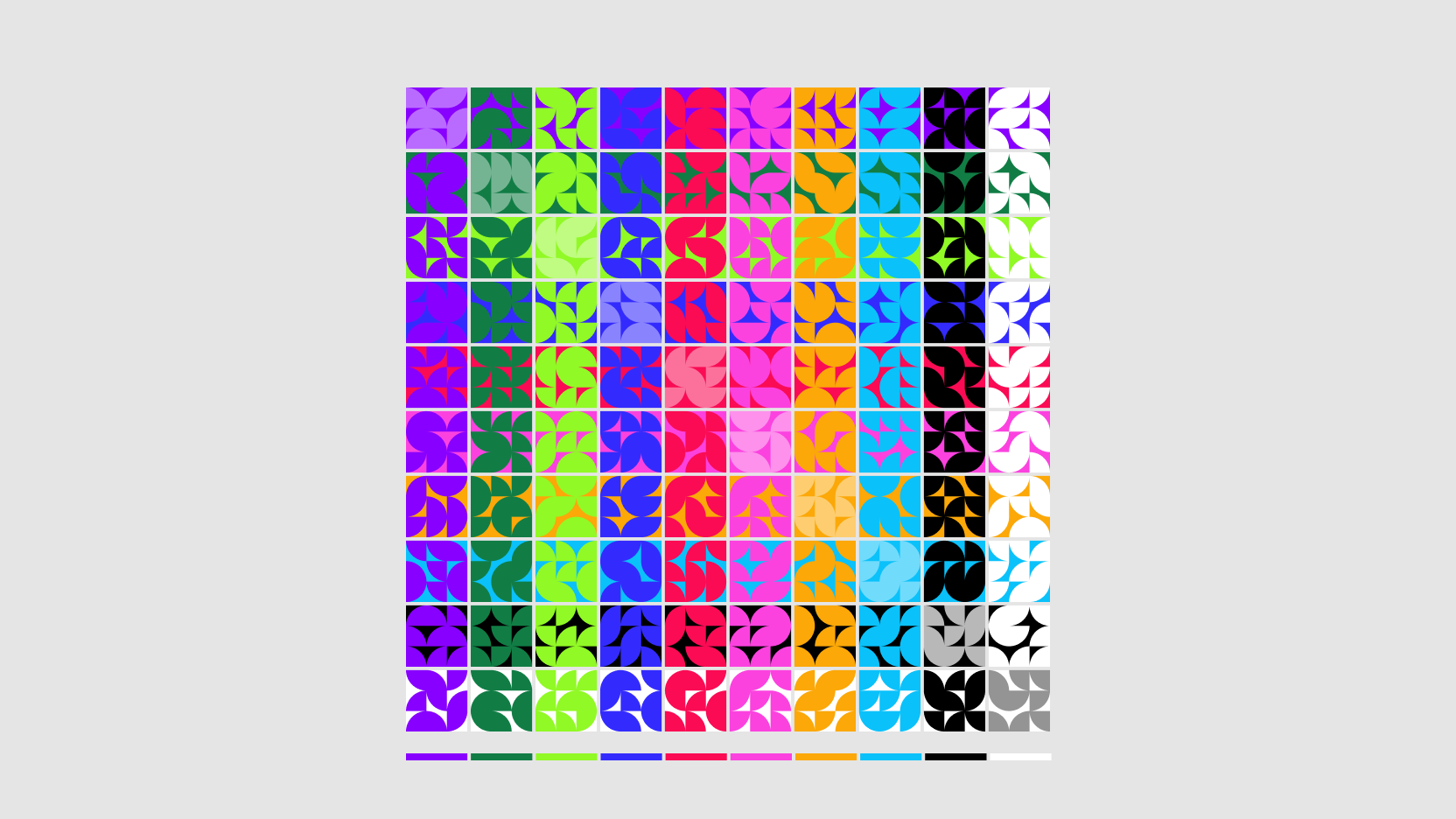
These 100 color combinations multiplied by the 320 unique patches we’ve created for the launch collection produce a total of 32,000 dataquilt themes. Each one will only ever be used once. This means that every campaign created on Fabric will have its own visually distinct, one-of-a-kind, dynamic contributor art, and thus every campaign contribution will be a unique, one-of-one NFT.
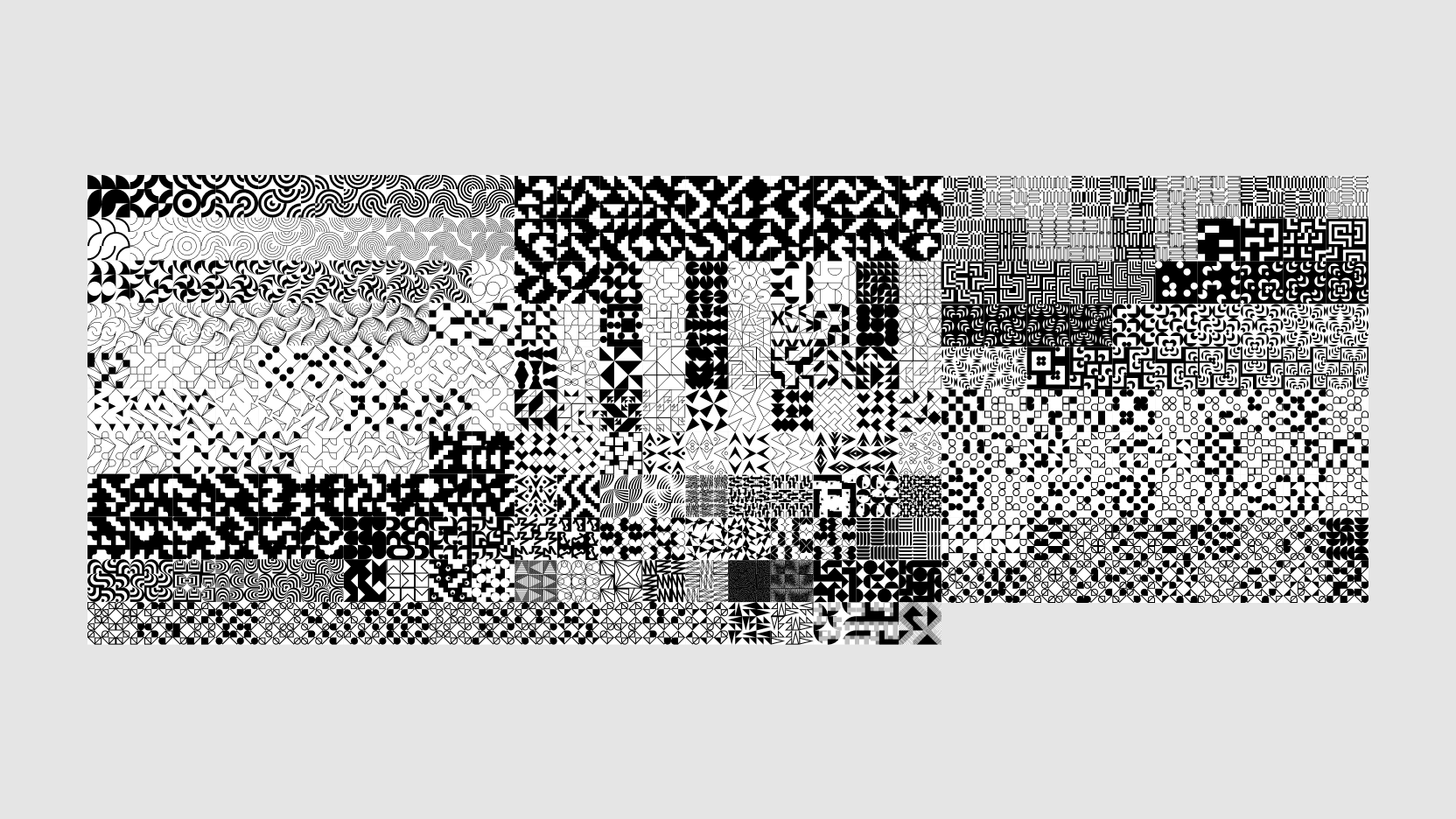
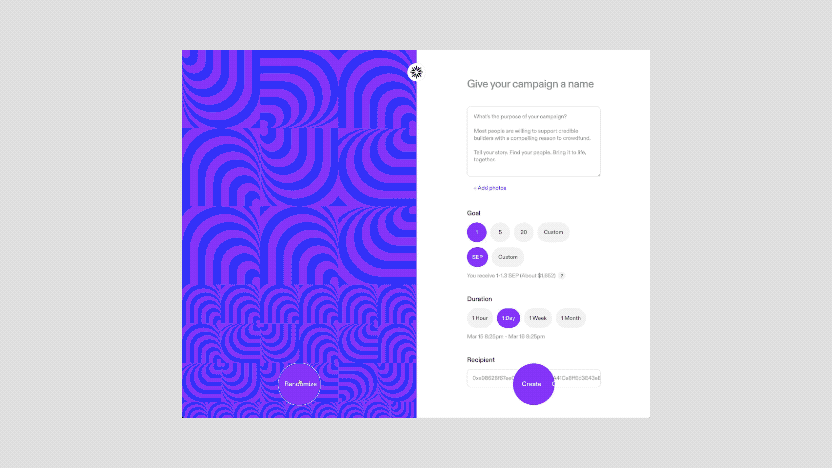
To explore the collection and claim a quilt for your campaign go to https://crowdfi.withfabric.xyz/create
If you’re interested in making your own patch or adding to the growing Fabric library of patches, please reach out.
To learn more about what we’re building, follow us on Twitter and Farcaster, join our Telegram, and subscribe to our blog on Paragraph.
